Thought Leadership
The Comedy of Errors in AI Security
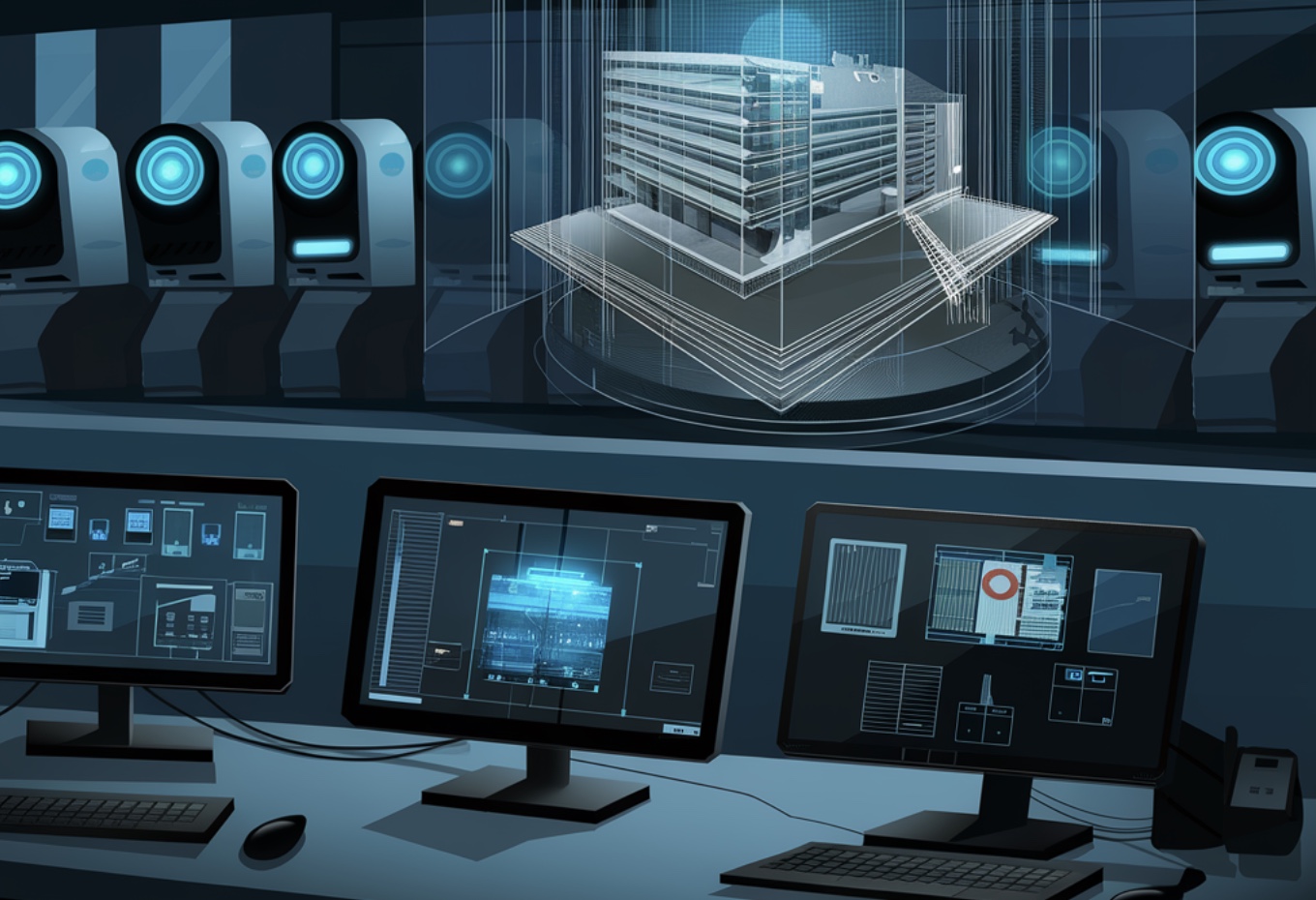
AI is here to stay: Why AI Security Matters More Than Ever
There are so many ways to see the rapid acceleration of the world; Moore’s law of computers doubling their power every two years (that allowed reaching the age of AI), the communication speed makes it irrelevant where you are physically working from, and mundane tasks are transferring to tech like the annoying support chatbots or automated gardening controlled by mobile.
AI however is not another step forward in this acceleration. AI is so easy to use that it creates a leap that infuses acceleration with steroids, rapidly becoming an integral part of our lives, revolutionizing industries from healthcare to finance.
It has also brought with it a growing concern: data privacy and AI security. As AI systems learn from anything accessible to them, including the information shared with them when querying. Alongside the increase in sophistication and interconnectedness, the risks of data leaks and data breaches have also increased.
AI offering: paid vs free
Companies creating AI tools often offer a paid version alongside a free limited version, often nicknamed “freemium”. However, in AI this is not the classic “freemium” aiming to get a customer hooked and slowly incentivize the customer to spend money. The popular saying “if you are not paying for the product you are the product” was never more on point, as AI tools learn from anything exposed to them, including the information shared with them.
While this was true for all types of AI to begin with, it changed with the paid tools. As of today, most paid AI subscriptions commit not to learn from the information shared with them via the prompt.
Another benefit for companies with certain paid plans which can’t go unmentioned is the ability to view queries performed by employees and learn from them.
The risks for companies when employees use AI
When implementing AI into the company product, this project will undergo the standard implementation process, including planning, analysis, design, coding and so on, with proper approval in each step. However, as AI feels like magic, what is actually worrying is not at the front of the stage.
There is a constant increase in the amount of people using AI alongside an increase in the areas AI is used for. This means that people are using AI not only to ask for the longest route between two cities in the same state, but also to query about work related issues. These questions can teach AI a lot about the person, the position and the company such as the areas the company is evaluating for possible expansion, the processes the company is undergoing and the challenges the company is experiencing.
Information Security & Privacy for AI, the solution?
This is precisely the place in which information security and privacy tools come into play and offer a solution.
The overview of most of the solutions offered today is straightforward – the security tool will stand between the user and the AI, searching the content sent by the user for certain keywords or phrases and if these appear, the request will be altered or blocked. The user will then be provided with either a response for the modified question or if the request was blocked the user will receive a custom message that the request could not be sent.
This could have worked well if AI was purely work related, accessible only from work. However, as AI is used also for personal matters, do not underestimate a person that needs to know who would win the hypothetical battle between Hercules and Gandalf.

(In the image: when Turkey tried to limit the internet, people found out this is a simple DNS block and shared the bypass with their friends)
The result for the user is clear, as the bypass isn’t complex in any way and the same question can be asked using any mobile device. The long term results are even more dire, the user will avoid using the AI systems through his work devices and will use them from personal devices from the start.
As to the company information, AI commits to protect it only on the paid plans and most personal users will not pay out of pocket. Thus, the possible consequence of implementing a security tool to protect the company from AI can completely backfire.
When else can be done?
The pressing question here is if something more can actually be done and the answer is a straightforward yes. Privacy and security need to come as a demand to the companies providing these services. By selecting to work with and pay for solutions that implement privacy and information security, we are enabling these companies to improve these areas alongside the product. If we ignore this, we can ask AI what the possible results will be.
Thought Leadership
AI Risks: Diving into the unknown
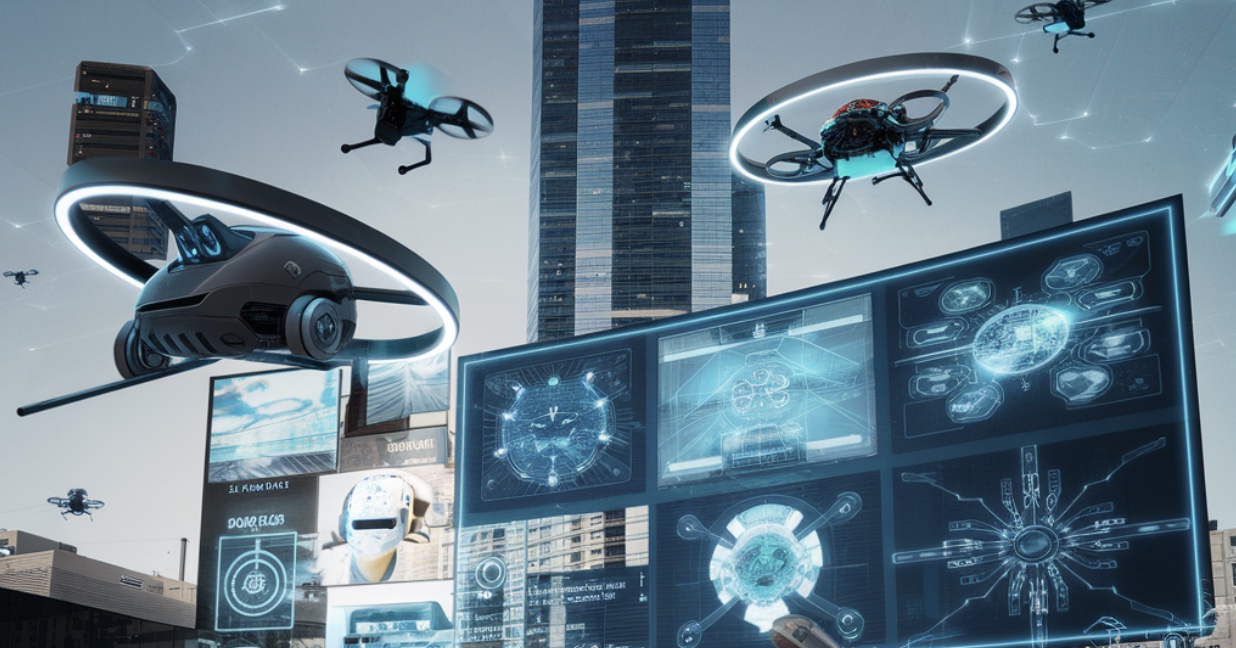
Artificial Intelligence (AI) has the potential to revolutionize our world, but it also comes with significant risks that we must carefully consider. In this article, we’ll highlight some areas of concern including; data abundance, privacy, information security, AI hallucinations, and the importance of context.
Disclaimer: The article purposely points towards certain conclusions to suggest these possibilities. It does not mean that these are the only possible conclusions, I encourage you to use good judgment while reading.
Data Abundance: A Double-Edged Sword
One of the greatest strengths of AI is its ability to learn from vast amounts of data. However, this abundance of data can also be a source of AI risk. As AI models become increasingly sophisticated, they rely on massive datasets to train and improve their performance, in which we have little control over the information that AI systems are exposed to.
For example, while we can remove websites from the internet, or at least limit them in various methods to certain ages, it is much more difficult to prevent AI models from accessing and learning from the information that was previously available. This raises concerns about the information anyone that is exposed to AI can access:
- Are we prepared to expose our kids to this information?
- Are we prepared to expose all adults to this information?
- Are we knowledgeable enough to argue with AI about past biases, misinformation, and harmful stereotypes?
- Can we find a method to protect from these aspects?
Protecting Privacy in the Age of AI
Upon the rise of IoT, the boundaries of information security were placed. When devices such as dishwashers and refrigerators took part in DDoS attacks, aside from a good laugh, nothing changed. In comparison, home routers need to uphold a certain standard including secure protocols, changing default passwords and more. These standards were never applied to IoT.
Boundaries were not yet set when discussing privacy. Car manufacturers are undergoing investigation related to privacy of the information collected by the vehicle, governments and regulatory bodies are implementing rules to protect the privacy of location data and more.
Privacy is a major concern when it comes to AI. As AI systems collect and analyze personal data, there is a risk that this information could be misused or exploited. This is concerning for everyone but an additional emphasis is in place when considering vulnerable populations, such as children and individuals with disabilities. In this context, one emerging question is: can decentralization promise transparency and control in the AI era?
The Threat of Information Security Breaches
Another significant risk associated with AI is the potential of data leaks and sharing of proprietary information. AI systems process and analyze all the data shared with them.
Authorized individuals trying to solve problems in areas that only few have access to, often cannot consult with others in the company, making it highly tempting to just ask AI. This can lead to sharing of the most sensitive data in the organization, eventually leaking the data and creating financial losses, reputational damage, and legal consequences.
A third AI risk is the ability to plan and execute attacks more effectively. For example, AI-powered tools can be used to identify vulnerabilities in computer systems and develop targeted attacks. This poses a serious threat to businesses and organizations of all sizes.
The Challenge of AI Hallucinations
AI systems are not infallible. In some cases, they can generate incorrect or misleading information, known as “hallucinations.” This can be a serious problem, especially when AI is used to make decisions that have real-world consequences.
One of the reasons for AI hallucinations is the limitations of current AI technology. AI models are often trained on large datasets, but they may not have access to all the information they need to make accurate judgments. Additionally, biases that already exist in training data can significantly contribute to hallucinations.
Another potential source of AI hallucinations is deliberate misinformation. For example, employees may intentionally query AI models with false or misleading information in order to obtain desired outcomes. This can lead to AI systems generating incorrect or biased information.
To address the problem of AI hallucinations, it is important to develop techniques for validating AI-generated information and ensuring that AI systems are used in a transparent and accountable manner. It is also essential to educate employees about the dangers of providing false or misleading information to AI systems.
The Importance of Context
One of the most challenging aspects of AI is understanding context. Human language is complex and nuanced, allowing a beautiful variety of meanings while using similar words. This can result in contradicting truths differentiated only by perspective.
These areas can be difficult for AI systems to fully grasp the meaning of what is being said.
It is important to remember that more often than we’d like, there is no single “correct” answer. Many areas are complex and multifaceted, and small changes in context will result in completely different answers. The consideration of various answers, even if none are chosen as the final solution, offer valuable insights.
As AI systems are trained to provide a single definitive answer to a given question, will we allow the increase in use of AI to reduce our creativity?
The suggested conclusion
There are several challenges raised in this article but the answers to most of them lie in the hands of the AI providers, and in our hands as the consumers.
AI engine security such as data encryption, anonymization and pseudonymisation, access control and age verification are some of the examples that I would like to see in AI tools.
Any data provided by AI, as with any data that is published online, should be validated, preferably using a reliable resource, whether it is an official website linked specifically to the subject or via another trustworthy resource.
Last and most important is the consumer responsibility, our responsibility – the choice of which AI system to use.
Choosing the AI systems that offer robust security and privacy features will benefit us all.
AI has the potential to transform our world in countless ways, it is essential to approach it with caution and to be wise enough to choose the appropriate solutions to work with.
AI Applications
How AI is Transforming Cybersecurity: A Deep Dive into Product Security
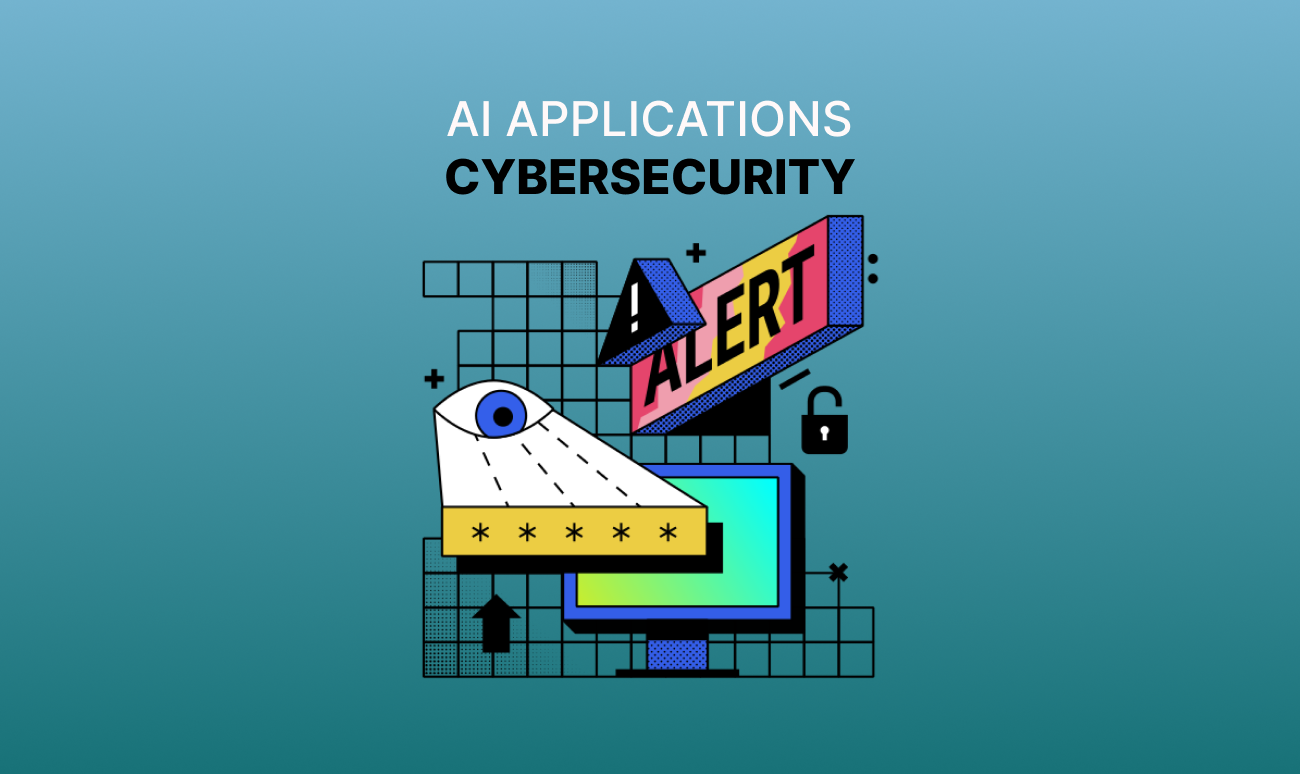
Let’s face it, cybersecurity is no longer a luxury but a necessity. As organizations increasingly rely on applications and digital products, product security has become just as critical, with these assets now prime targets for cyber-attacks.
Traditional security measures, still essential, yet are often inadequate in the face of sophisticated threats that can bypass conventional defenses. This is where AI comes into play, offering innovative solutions that can substantially improve security and resilience of digital assets.
The Rising Complexity of Cyber Threats
The complexity of cyber threats has grown exponentially in recent years, with threats ranging from zero-day exploits to sophisticated phishing schemes and ransomware attacks, all of which are designed to bypass traditional security measures. With the increasing volume of data generated by applications and the widespread adoption of cloud services, security teams find themselves overwhelmed, struggling to monitor and respond to potential threats in real-time.
The Role of AI in Strengthening Cybersecurity
AI is revolutionizing the field of cybersecurity by providing tools that not only detect and respond to threats but also predict and prevent them. The integration of AI into cybersecurity strategies is centered around three key pillars: threat detection and response, vulnerability management, and continuous learning.
- Advanced Threat Detection and Response: AI enhances threat detection by analyzing vast amounts of data in real-time and identifying patterns that may indicate malicious activity. ML algorithms enable AI systems to tell between normal and abnormal behaviors, flagging suspicious activities for further investigation. This capability is crucial for identifying threats that may be too subtle or complex for human analysts to detect. AI also automates response measures, allowing organizations to mitigate risks quickly and efficiently, reducing the window of opportunity for attackers.
- Proactive Vulnerability Management: The ability to identify and address vulnerabilities before they are exploited is critical to maintaining the security of applications and products. AI-driven systems can automatically scan codebases, detect potential vulnerabilities, and recommend or even apply patches. By predicting where vulnerabilities are likely to occur based on past data and coding patterns, AI helps organizations stay ahead of potential threats, reducing the likelihood of successful attacks.
- Continuous Learning and Adaptation: One of the most significant advantages of AI in cybersecurity is its ability to learn and adapt continuously. As AI systems process more data, they become better at identifying new threats and adjusting to the changing landscape of cyber risks. This continuous learning process ensures that AI-driven security measures remain effective even as cyber threats evolve. Furthermore, AI can simulate cyber-attacks, testing the resilience of applications and products, and providing insights into how to improve security measures.
AI in Application and Product Security
In the context of application and product security, AI’s impact is particularly profound. Here are some specific ways AI is being applied:
- Behavioral Analysis: AI can monitor user behavior within applications to detect anomalies that could indicate a security breach. This includes identifying unusual access patterns or unauthorized data transfers. By flagging such activities, AI helps prevent insider threats and unauthorized access to sensitive information.
- AI-Driven Security Products: The market is seeing an influx of AI-powered cybersecurity products that offer advanced protection features, such as automated threat hunting and predictive analytics. These products are designed to provide comprehensive security, addressing both known and emerging threats.
- Automated Incident Response: AI can automate the incident response process, executing predefined actions such as isolating affected systems or blocking malicious IP addresses. This rapid response capability is critical in minimizing damage during a security breach.
Is AI the Future of Cybersecurity?
With AI expanding its capabilities, its role in cybersecurity will only continue growing. Future developments may include more sophisticated AI-driven offensive security measures, where AI systems proactively identify and neutralize potential threats before they materialize. Additionally, the collaboration between human security experts and AI systems will likely become more seamless, combining human intuition with machine efficiency to create a robust defense against cyber threats.
However, as AI becomes more integrated into cybersecurity, it also presents new challenges. Adversaries may develop AI-driven attacks that are designed to outsmart traditional AI defenses, leading to an ongoing arms race in the field of cybersecurity. This dynamic will require continuous innovation and adaptation from both cybersecurity professionals and AI systems.
Either Way, AI is Transforming Cybersecurity
This is particularly true in the areas of application and product security. By providing advanced threat detection, automating vulnerability management, and enabling continuous learning, AI is helping organizations protect their digital assets against increasingly sophisticated threats. As cyber-attacks become more advanced, the role of AI in safeguarding applications and products will become even more critical, making it an indispensable tool in the fight against cybercrime.
-
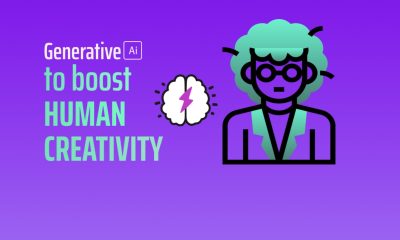
 AI Applications7 months ago
AI Applications7 months agoHow Human Imagination and AI Team Up to Create Awesome Content
-
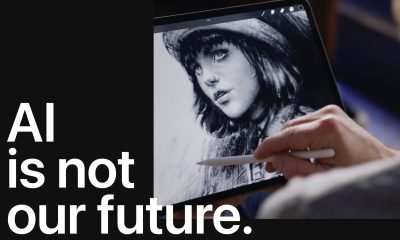
 AI Applications6 months ago
AI Applications6 months agoProcreate on Generative AI: “We’re never going there”
-
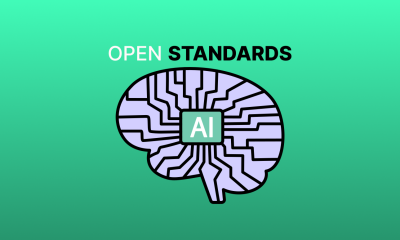
 AI Regulation6 months ago
AI Regulation6 months agoOpen Standards for Responsible AI: The Engine Driving Ethical Innovation
-

 AI Tools11 months ago
AI Tools11 months agoBest Generative AI Tools for Video Editing and Creation








